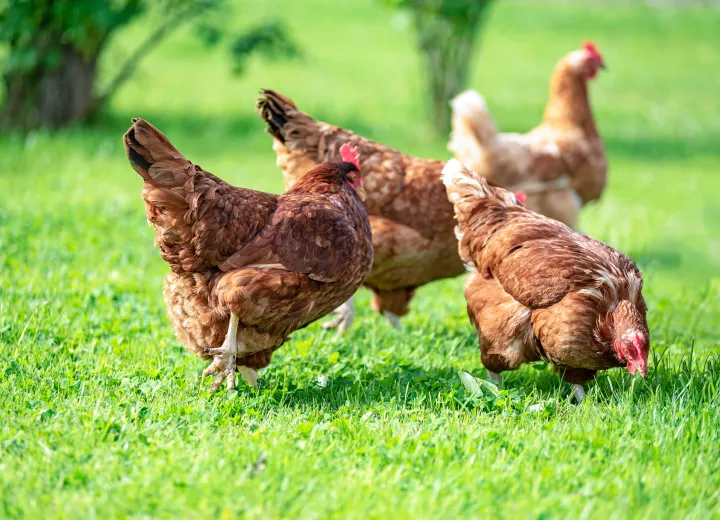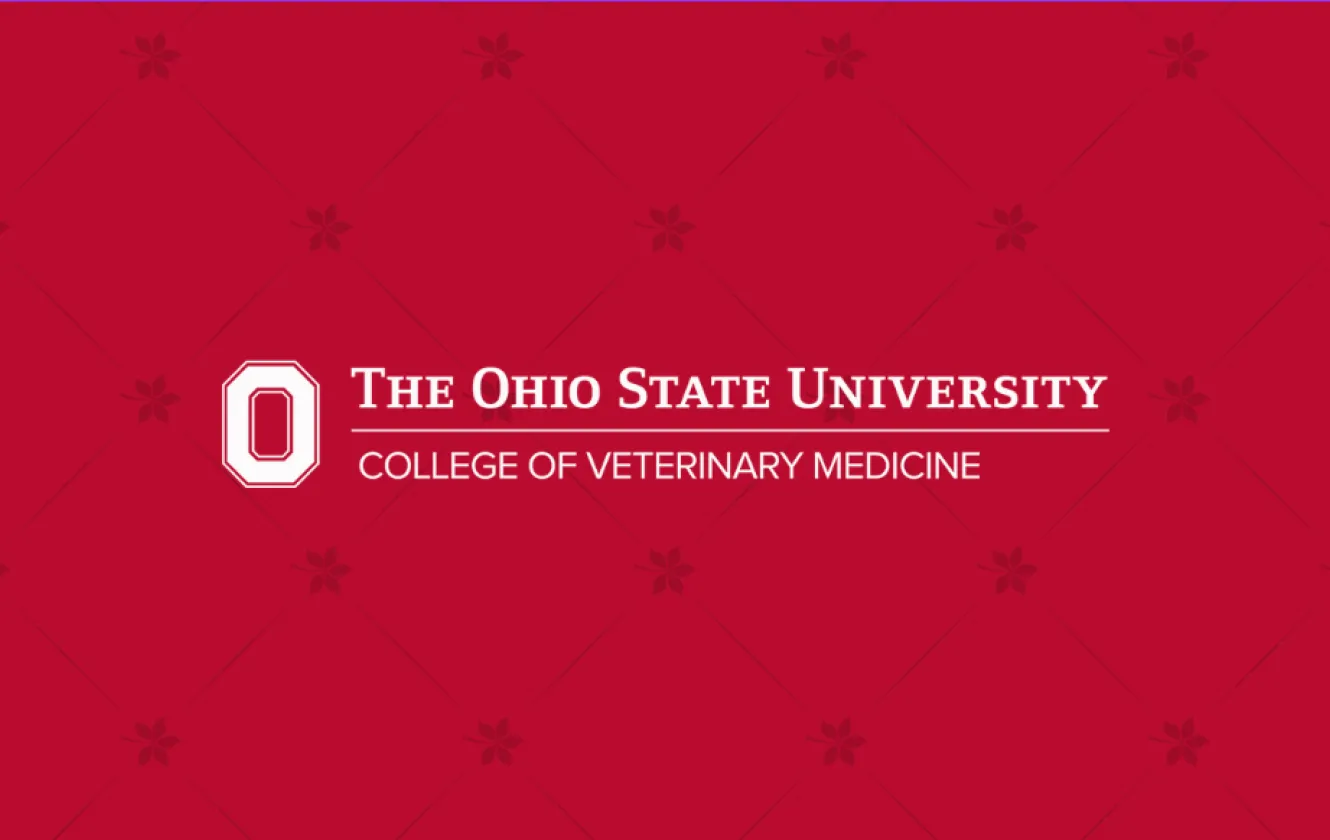Avian influenza updates
About avian influenza
Avian influenza is a type A virus known for causing bird flu in humans, pigs, horses, cats and other species as of 2024. Scientists use genotypes, or the genetic sequences of the virus, to track and find effective treatments. For example, the genotype for H5N1 found in cattle is a different H5N1 than that found in pigs. The H5N1 strain has adapted to birds and is circulating in wild waterfowl such as free-ranging dabbling ducks and geese.
Bird influenza viruses are classified as low pathogenic or high pathogenic based on how the virus affects chickens. In this instance, the virus is highly transmissible and deadly for chickens. However, there is a low consequence in wild waterfowl and free-ranging dabbling ducks and geese; we don't see much disease in those species. The problem is when the virus jumps species and ends up in domestic poultry or potentially other avian species, where we see high consequences.
According to the federal Centers for Disease Control and Prevention, the risk to humans remains low. Isolated cases with infected farm workers started showing up in April 2024. Ohio had its first human case in February 2025. One isolated case of a non-farm worker resulted in death in the U.S. The person had underlying health issues and was exposed to wild birds and a backyard flock of poultry.

Learn how to protect your family and pets
Although cases of avian influenza in people and pets are rare, it's important to know what to look for to provide the highest quality care.
If you think your pet might have avian influenza, call the Veterinary Medical Center for an appointment share your concerns before you arrive. Avoid direct contact with the nasal discharge, saliva and feces of your pet.
- Avoid contact with wild birds and their environments
- This includes playing with or eating sick/dead birds
- Walk your pet on a leash to stop them from contacting infected birds and their droppings
- If possible, keep your cat indoors or monitor their outdoor activities
- Wash your hands thoroughly after interacting with any animals, especially livestock, poultry, or wild birds
- Avoid feeding your pet raw/freeze-dried raw meats and unpasteurized milk/milk products
- Contact your vet immediately if you notice clinical signs of avian influenza in your pet
- Ensure you wash your hands thoroughly before and after interacting with a pet you think may be infected with avian influenza
Symptoms to look for, if you think your pet is infected:
- Lethargy
- Fever
Loss of appetite - Neurologic signs (incoordination, tremors, seizures, etc.)
- Difficulty breathing
- Excessive discharge from the eyes and nose
Potential sources of infection for cats and dogs:
- Drinking or eating unpasteurized cow milk/cheese
- Consuming raw meat or poultry products
- Exposure to wild waterfowl, poultry, and cows (including the feces, discharge, and saliva present in the environment)
- Exposure to infected people
Please call the Veterinary Medical Center before your appointment if you believe your pet has had exposure to any of these sources of infection and is showing any clinical signs listed above.
- Remove any dirt or visible materials from surfaces before disinfecting
- Use an EPA-registered disinfectant that is effective against avian influenza (visit the EPA website here for production information)
- Follow all instructions as shown on the label
Ohio State avian influenza experts in the news
Several faculty members of Ohio State's College of Veterinary Medicine are actively researching the subject, and the experts are being featured in media as the topic continues to evolve.
-
Your questions about bird flu, answered
MSN Health & Fitness
March 9, 2025 -
Are socially distanced chickens laying more affordable eggs?
NBC News
March 5, 2025 -
Some bird flu cases may be going undetected, researchers say
10TV-WBNS
February 14, 2025 -
Ohio State researcher takes part in CDC bird flu study
Yahoo! News
February 13, 2025 -
Why Ohio doctors are worried about bird flu for pet owners
NBC4
January 13, 2025 -
Key warning signs about bird flu are all going in the wrong direction
NBC News
December 22, 2024 -
Here's everything experts say you need to know about bird flu
Yahoo! News
November 9, 2024 -
Research on bird flu in cows shows how efficiently it has spread among mammals
NBC News
July 25, 2024 -
Why experts are worried about bird flu in cows
TIME
April 26, 2024 -
As bird flu spreads in cows, here are four big questions scientists are trying to answer
NPR
April 26, 2024 -
Bird flu spreads to dairy cows
The New York Times
March 25, 2024
